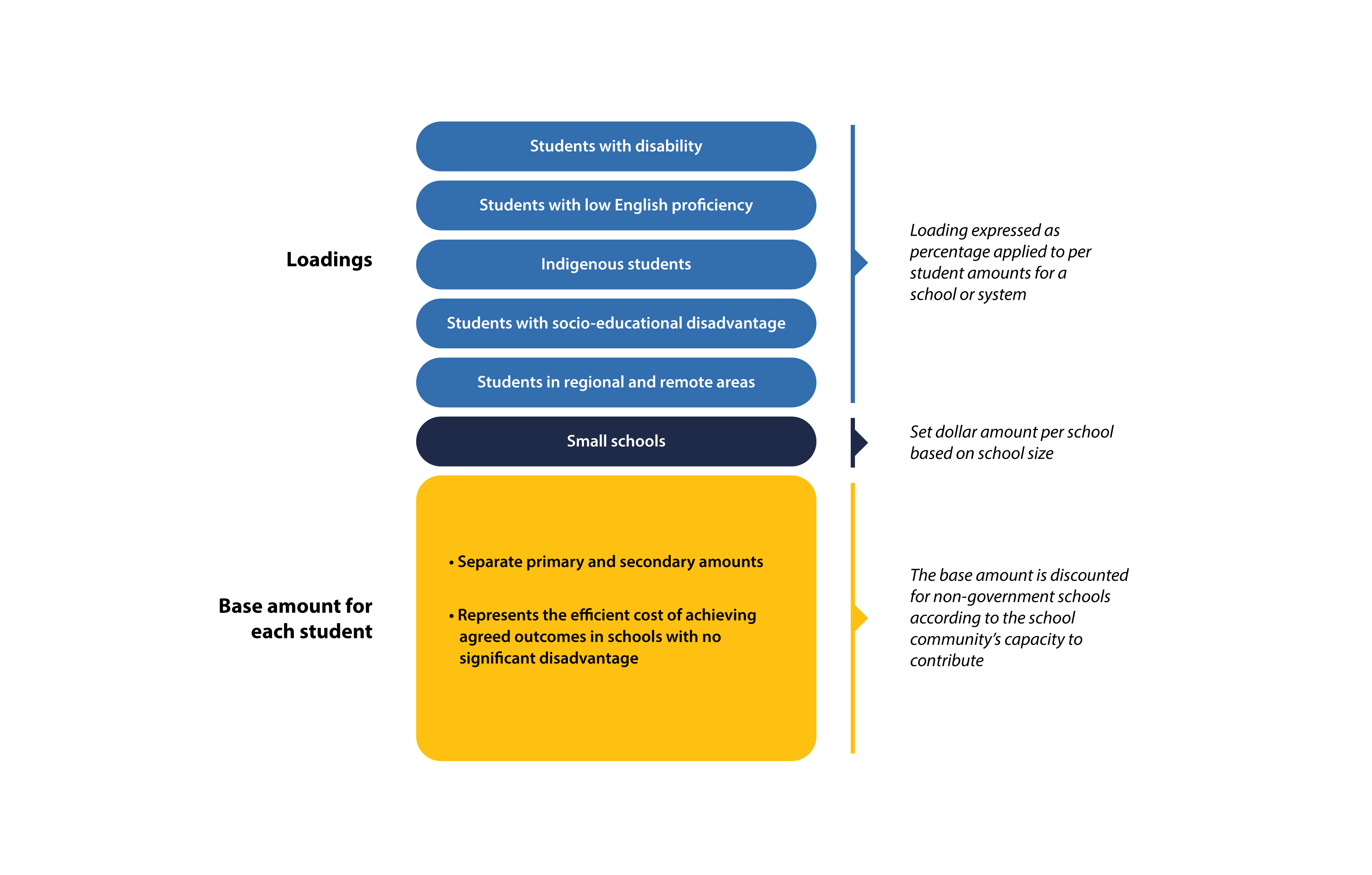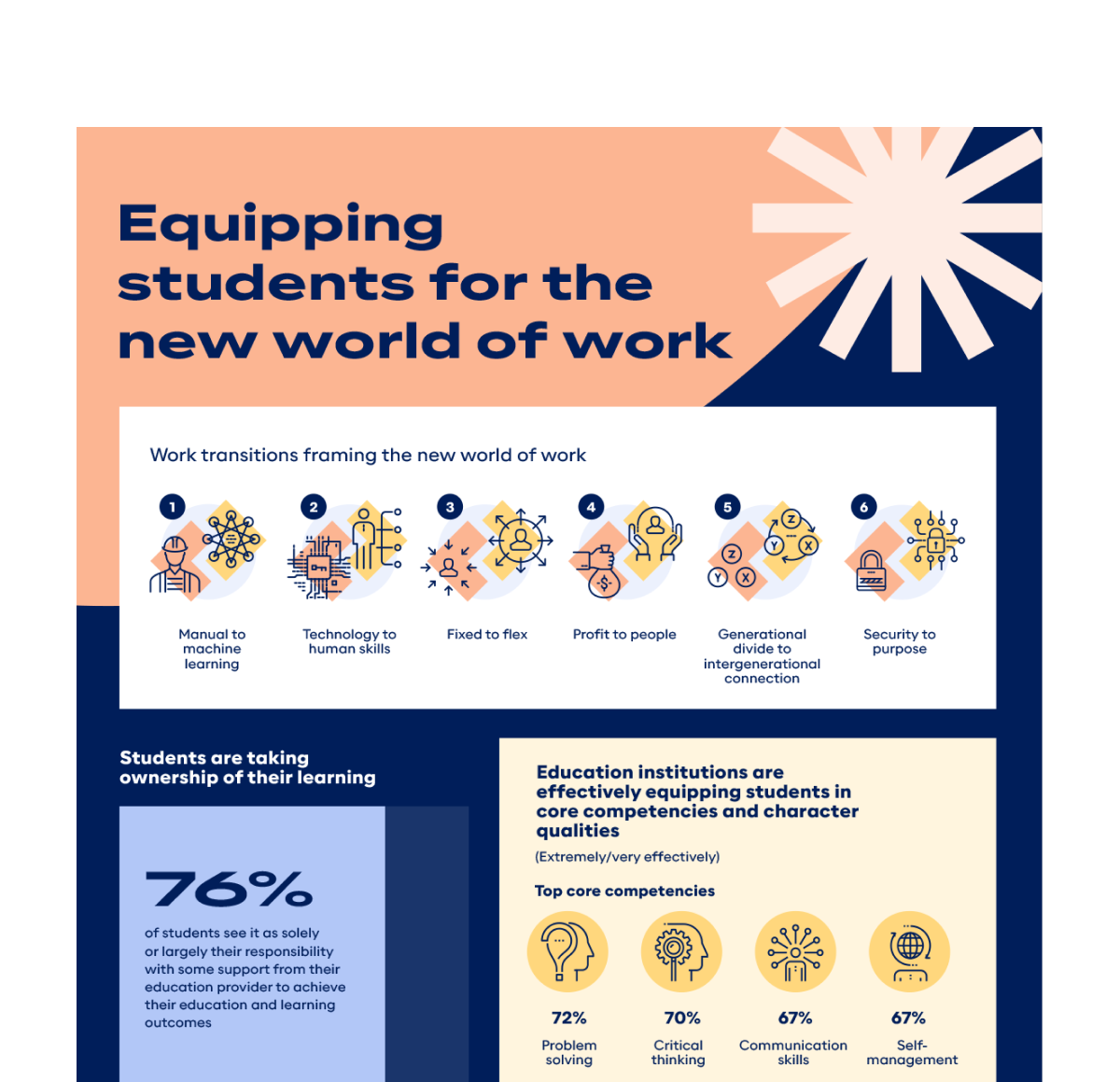The new way of distributing funding for non-government schools

The education sector plays a vital role in contributing to thriving students, schools and communities. Using social research, demographics and data analytics, we regularly work with education institutions at all levels to paint a clearer picture of the changing context in which they are operating. For many, this plays a key role in their strategy.
A recent announcement by the Australian Government means a shift in how such work is conducted. In this blog, we explain what the Direct Measure of Income (DMI) is, and how this new way of measuring a school’s capacity to contribute (CTC) impact school funding.
By 2022, all non-government schools’ funding will transition from the previous arrangement of determining capacity to contribute (CTC) using socio-economic status (SES) to the newly introduced Direction Measure of Income (DMI).
In the interim, schools will receive funding based on whichever is the most financially beneficial for the school (SES or DMI). Taking a step back, what is a school’s capacity to contribute (CTC)?
The funding of non-government schools is the shared responsibility between parents/guardians and the government. The government’s funding for the school is a combination of a base funding and six loadings. The base funding is based on the inverse of the school’s capacity to contribute (i.e. the higher the school’s capacity to contribute, the lower the base funding that it receives).
Source: Review of the socio-economic status score methodology: Final report June 2018, p. 18, adapted from Review of Funding for Schooling—Final Report 2011, p. 154.
Historically, the most accurate way to measure the school and its community’s capacity to contribute was by the Census-based SES measure of the areas in which students reside.
As such, the CTC of non-government schools have been calculated based on SES scores of areas associated with the residential address of students.
Innovation in the form of Multi-Agency Data Integration Project (MADIP) has since enabled a new measure of CTC.
MADIP has allowed for the development of DMI, a direct measure of adjusted taxable income of the parents/guardians of students through names and addresses linked to students’ home.
The family income of each student is calculated, and the median family income of each school is identified and compared across all non-government schools. This is then converted into a score with a standardised average of 103.
The funding for an individual school, therefore, is based on its relative capacity to contribute, measured by the income of school parents and guardians.
To minimise year-on-year fluctuations, a school’s capacity to contribute will be the rolling average of the DMI scores from the previous three years, with the exception of 2020 which will be two years (collection of addresses first started in 2018). For small and very small schools, the change in CTC scores will also be capped at two points per year in order to provide financial stability for small schools which are more likely to be affected by changing community circumstances.
A school community’s capacity to contribute towards the operational expenses of the school in the form of rolling average DMI is envisioned to ensure more funding flows to the schools that need it the most.
So, how will all this affect your school?
In very simple terms, if a school’s CTC score is now lowered as a result of transitioning from SES to DMI, the school’s base funding will increase. If CTC is now higher as a result of the transition, the funding of the school will decrease as of 2022.
To assist in the transition, the Commonwealth Government has also made available a Choice and Affordability Fund where one of the priorities are to support independent schools which are expected to experience reductions in per student funding due to changes in Commonwealth recurrent funding settings over 2020 to 2029. The Choice and Affordability Fund will also provide support for schools in general to transition to a new capacity to contribute model for recurrent funding.
If you’d like to find out more about how McCrindle can help, we’d love to hear from you.






